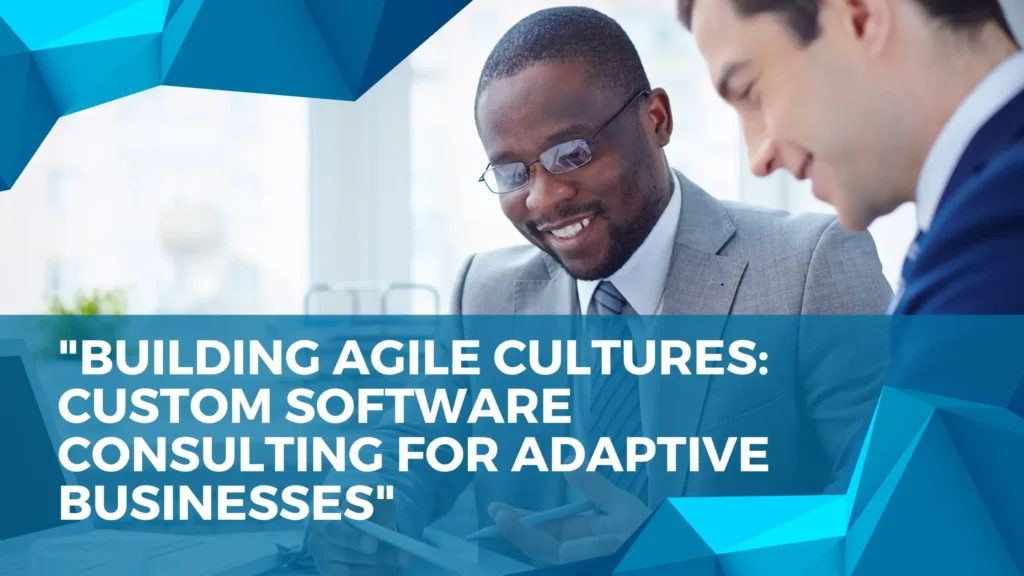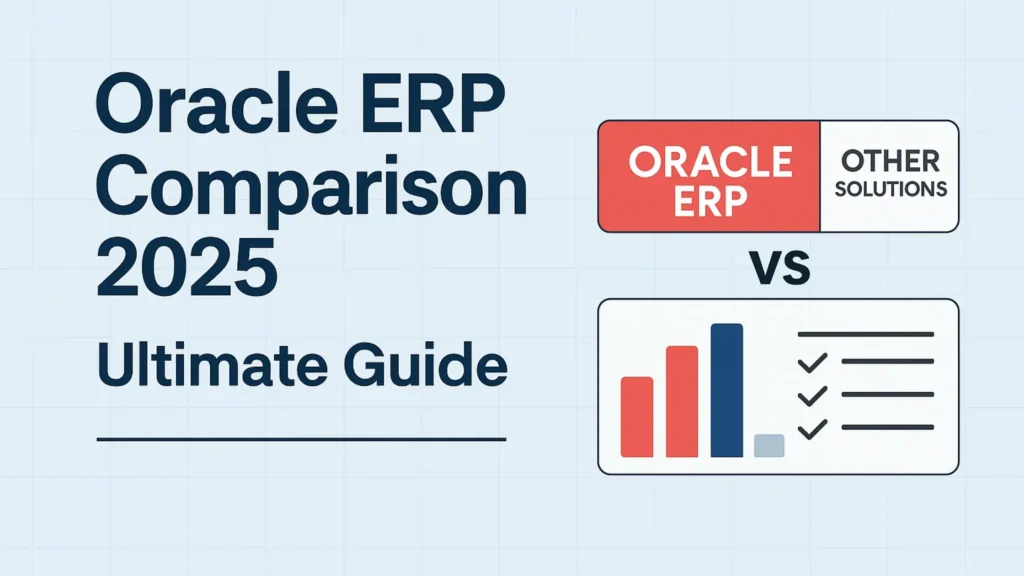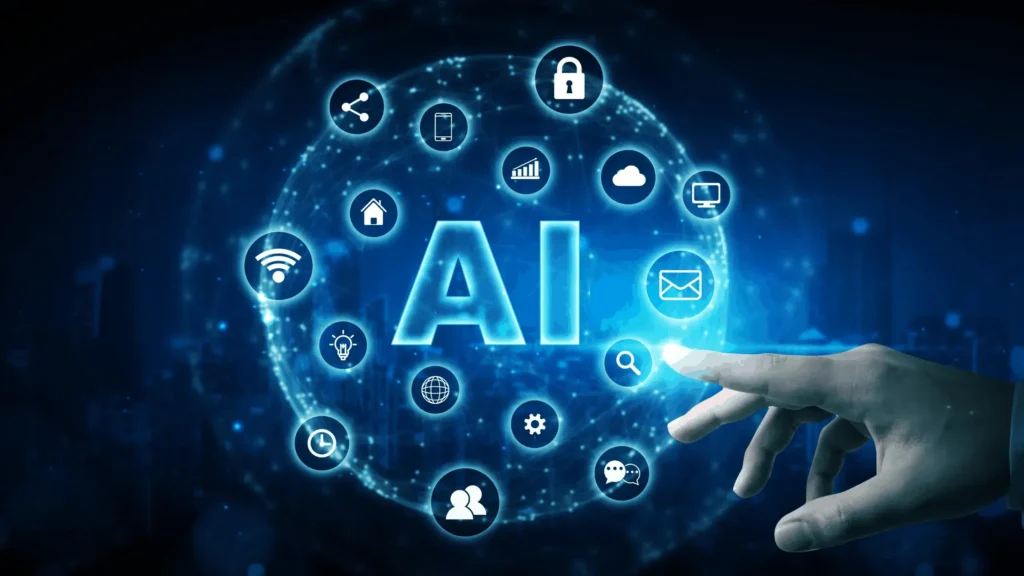In a digital world, the value of Agile Custom software is increasing. With greater user engagement and more data, businesses must respond with agility and speed. This means transforming their culture from one focused on project management to one focused on continuous delivery.
Software development needs to move away from being a “waterfall” process where projects are planned out in advance with strict milestones and deadlines towards an iterative approach where teams can deliver incremental updates as often as every day. This change can be difficult because it requires everyone involved in building software – developers, project managers, and business stakeholders alike – to shift their perspective from managing projects to managing processes.
Building Agile Cultures
Agile methodologies, such as Scrum, help teams to build software more collaboratively and flexibly. They also allow teams to create more adaptable and responsive software to change. Adopting an agile approach makes it easier to respond quickly when business priorities shift–and your customers will thank you for it!
Agile software development methodologies can help your team to build better software. By using agile approaches, you can break down large projects into smaller chunks and then deliver those chunks quickly. This helps to keep everyone involved in the project updated on progress and allows them to adapt more rapidly if priorities change.
Agile Methodologies vs. Agile Projects
Agile methodologies are practices that help teams deliver value in short cycles while continuously adapting to new information. They’re meant to be constantly used and can be applied at varying levels of scope and scale. Agile projects are the execution of an Agile methodology.
Agile projects are a great way to introduce Agile methods and practices into your organization. They can be started with only a few people, are typically completed in weeks or months rather than years, and can be used to test new approaches or validate assumptions about existing processes.
Agile projects often address a specific problem in your organization, such as how to reduce the time it takes for software engineers to deploy their code. Once you’ve identified a problem worth solving, Agile project teams work together to define success, how big of an impact they want to make, and how long it will take. Then, they set up lightweight processes that help them continuously improve over time.
The SDLC and Agile Project Management
Agile project management is a set of practices that help teams deliver software in short cycles. Agile projects are often embedded within the SDLC (software development life cycle). Still, they can also be separate from it. “agile” refers to the fact that these software solutions are built iteratively, with each iteration adding new features or functionality and getting closer to completion.
Agile projects use an iterative process called sprints to manage their workflows, which means there’s no fixed timeline for completing them–the entire process depends on how quickly you want your product built out and how much time it takes for each cycle of development work (which we’ll discuss later).
Scrum Framework
Scrum is a framework for developing and sustaining complex products. Scrum is a simple yet powerful method for agile software development. Scrum provides a flexible structure for teams to manage their work in short cycles (Sprints), generally from one week to one month in length. The goal of each Sprint is to create working software that meets quality goals at the end of that cycle. Teams plan their next Sprints during each Sprint’s Retrospective meeting–a time set aside to reflect on how well they performed during their last Sprint, what could be improved upon, and what went well so they can build on those successes.
Agile Transformation and Change Management
To successfully implement an agile transformation, you must change the organization’s culture, how people work and communicate, how they are rewarded, measured, developed, and more. You will also need to change how they think about their work.
This is a complex task, and you must invest significant time, effort, and resources to do so successfully.
If you are embarking on an agile transformation, it is essential to understand that it will take time and effort to implement the changes successfully. You will need to invest significant resources to achieve the desired results.
You will also need to change how people think about their work. This is a complex task; you must invest significant time, effort, and resources to do so successfully. If you are embarking on an agile transformation, it is essential to understand that it will take time and effort to implement the changes successfully.
Lean Software Development
Lean Software Development. Lean software development is a mindset where you focus on building only what your customers need when they need it and at the highest quality possible. It’s about creating a continuous flow of value for your customers and stakeholders by delivering incremental value through frequent releases, feedback from users and stakeholders, and learning from mistakes along the way.
User-centered Design (UCD). User-centered design is an approach to product development that puts people first throughout all phases of product design, from inception through launch and beyond. In user research, we learn about our target audience to create products people will love using every day- this means understanding their needs/wants/desires so well that we can anticipate how they will react once they use our product.
Continuous Integration/Continuous Delivery (CI/CD). Continuous integration is an agile practice where developers integrate code frequently, multiple times daily, if possible! Each time this happens, there should be no conflicts between developers working on different pieces simultaneously, otherwise known as “merges.” Once merged into the main branch, it’s ready for release into production environments via automated deployment scripts that run nightly automatically via cron jobs, etc.
Digital Transformation
As a custom software consulting company, we understand how to help clients build agile cultures. We know that digital transformation is more than just a buzzword. It’s an opportunity for businesses to thrive in today’s competitive landscape. And we’ve seen firsthand how agile methodologies can help organizations adapt quickly and efficiently while delivering high-quality products on time and within budget.
We’re also well-versed in Agile Project Management (APM), one of several approaches companies use to implement agile processes such as Scrum or Kanban into their SDLCs (software development life cycles).
APM provides teams with a practical framework for managing complex projects like yours: it helps you identify dependencies between tasks so that you can prioritize them effectively; it ensures transparency throughout the entire lifecycle; it allows everyone involved, including stakeholders, to see where they are at any given moment, and most importantly, APM provides visibility into progress against goals so that everyone knows if something needs adjusting before problems arise later down the line
Custom software consulting for adaptive businesses
Agile methodologies are not projects but principles and practices that guide your organization’s culture and development process. An Agile project aims to deliver value quickly while maintaining high quality and low risk. Suppose you’re building custom software for adaptive businesses. In that case, you need to think about how your team will use Agile methods to deliver on those promises in the context of your specific business goals.
Custom software consulting for adaptive businesses means helping organizations build up their capabilities to become more agile, not just once or twice but over time as technology changes around them (and it always does). This requires adapting technical and cultural aspects like hiring practices or leadership training programs.
Conclusion
The best way to build an agile culture is to start with a solid foundation. Ideally, this will be a team that is already familiar with the concepts of lean software development and user-centered design. Then, you can introduce them to Scrum or Kanban methodologies and, eventually, even Digital Transformation if your company plans to expand into new markets or industries.
Are we looking to shape your business through Building Agile Cultures? Everite Solutions specializes in helping companies to strategize and achieve their goals. Our expert team of consultants can guide you in leveraging the power of custom software to shape your business roadmap effectively.
Visit our website, www.everitesolutions.com, to learn more about our custom software consulting services. Contact us at email id info@everitesolutions.com or our mobile number +1 404-835-1605 to schedule a consultation and discover how Everite can help shape your business’s future.







